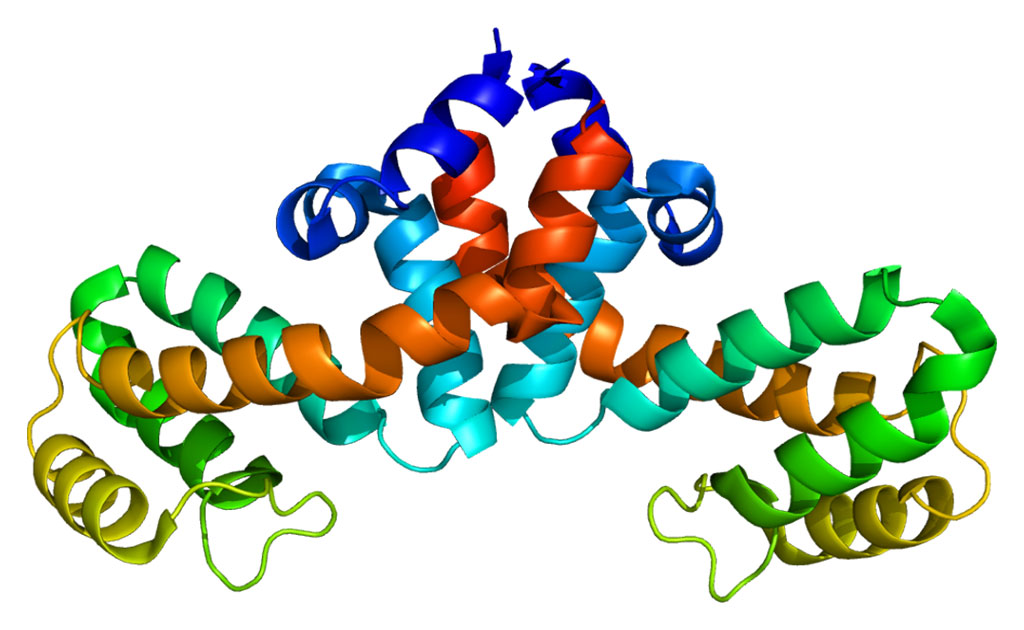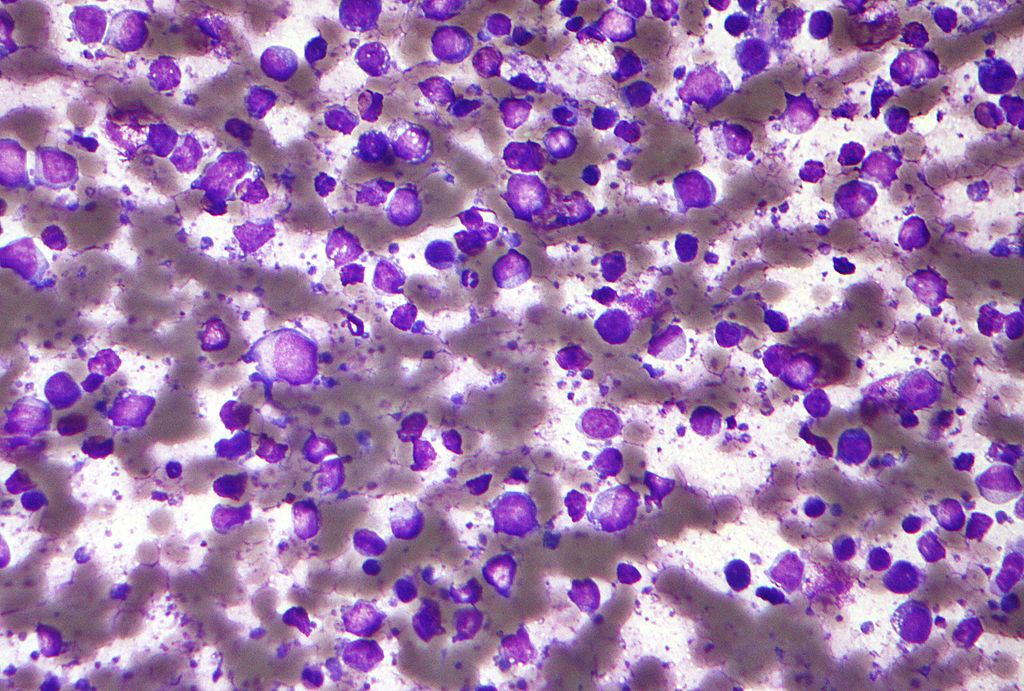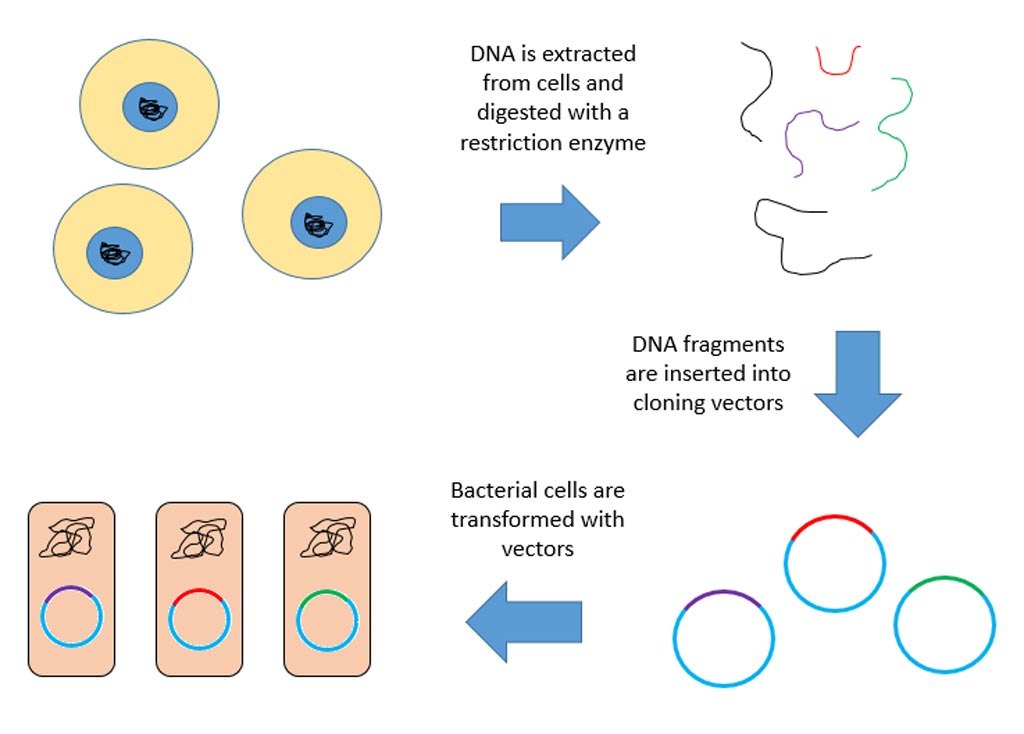New Theory Casts Doubt on Role of MYC-Specific Target Genes in Cancer Development
By LabMedica International staff writers
Posted on 09 Oct 2012
Breaking away from long held theories of how the MYC oncogene functions in many different types of cancers, a recent study found that when overexpressed, the c-Myc protein attached to the promoters and enhancers of all active genes massively amplify the active genes' output of proteins and mRNA.Posted on 09 Oct 2012
MYC (v-myc myelocytomatosis viral oncogene homolog protein) is a transcription factor that activates expression of a great number of genes through binding on consensus sequences and recruiting histone acetyltransferases (HATs). By acting as a transcriptional repressor in normal cells, MYC has a direct role in the control of DNA replication.
The MYC protein (c-Myc) is a multifunctional, nuclear phosphoprotein that plays a role in cell cycle progression, apoptosis, and cellular transformation. It functions as a transcription factor that regulates transcription of specific target genes. Mutations, overexpression, rearrangement, and translocation of this gene have been associated with a variety of hematopoietic tumors, leukemias, and lymphomas, including Burkitt lymphoma.
The effect of high levels of c-Myc on global gene regulation has not been well understood but was widely thought to involve newly activated or repressed “Myc target genes.” Results reported in the September 28, 2012, issue of the journal Cell casts doubt on the existence of such Myc target genes.
Investigators at the Massachusetts Institute of Technology (Cambridge, MA, USA) working with cancer cell cultures and mouse cancer models developed a new explanation for c-Myc activity. They suggested that in tumor cells expressing high levels of c-Myc the transcription factor accumulated in the promoter regions of active genes and caused transcriptional amplification. This amplification produced increased levels of transcripts within the cell’s gene expression program.
Amplification of all active genes rather than binding and regulating a new set of genes provides an explanation for the diverse effects of oncogenic c-Myc on gene expression in different tumor cells and suggests that transcriptional amplification overpowers the molecular signals that normally prevent tumor cell growth and proliferation.
"MYC is a key driver in most major cancers, but it has been notoriously difficult to drug," said senior author Dr. Richard Young, professor of biology at the Massachusetts Institute of Technology. "Now that we know the mechanism by which c-Myc acts, we can go after the components of that mechanism as potential drug targets. This research creates an even stronger impetus to find a way to drug the thing."
Related Links:
Massachusetts Institute of Technology










 (3) (1).png)



